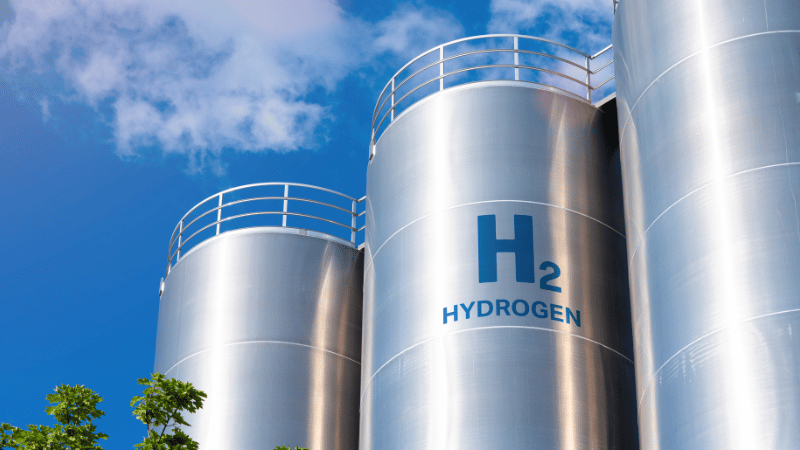Oil and Gas Giants Eye Lucrative Hydrogen Tax Credits

Less than two years after benefiting from President Joe Biden’s climate legislation, major American oil and gas companies are now turning their attention to a potentially profitable provision: the hydrogen production tax credit, known as 45V under the Inflation Reduction Act (IRA).

At the recent Hydrogen Americas Summit in Washington, D.C., the focus was predominantly on this hydrogen tax credit. Amanda Leland, executive director of the Environmental Defense Fund (EDF), highlighted the significance of 45V, calling it a crucial global incentive to launch the clean hydrogen economy.
The Treasury Department and IRS, in their draft guidance last December, suggested that the most substantial hydrogen tax credits should go to projects powered by renewable energy like wind and solar. This aims to ensure the production methods actually reduce greenhouse gas emissions.
Currently, over 90 percent of global hydrogen production comes from fossil fuels such as natural gas and coal. The fossil fuel industry often promotes “clean” hydrogen, but it typically relies on natural gas and carbon capture and storage (CCS) technology, which is still unproven and impractical.
“Blue” hydrogen, produced from natural gas with CCS, still emits greenhouse gases, including methane, which is significantly more potent than carbon dioxide over a short period.
As the Biden administration refines the tax credit rules, companies like ExxonMobil and BP advocate for a “technology neutral” approach. This would allow them to qualify for hydrogen tax incentives while continuing to use natural gas, rather than transitioning to zero-emission sources like wind or solar.

Exxon’s Dan Holton, speaking at the summit, urged regulators to adopt a “technology agnostic approach,” which essentially means treating hydrogen from natural gas the same as hydrogen from renewable sources.
Exxon and other sponsors at the summit emphasized their need for policy clarity, particularly regarding the use of natural gas in hydrogen production. Holton indicated that Exxon might not proceed with its hydrogen facility in Baytown, Texas, without favorable tax credits.
Exxon’s reliance on blue hydrogen underscores a broader industry strategy to maintain profitability while leveraging federal subsidies designed for cleaner energy.
Despite the challenges of effective carbon capture, Exxon continues to lobby for looser hydrogen regulations both in the U.S. and Europe, striving to maximize the benefits from the hydrogen tax credit and other federal incentives.
Holton’s comments reflect a push to redefine hydrogen production standards to align with existing fossil fuel practices, prioritizing carbon intensity reduction rather than specific technologies.
Intensified Lobbying Efforts Amid Regulatory Shifts
Reports from DeSmog and OpenSecrets last December highlighted a significant increase in fossil fuel lobbying on hydrogen issues after the passage of climate and infrastructure laws. This trend has continued into 2024. In the first quarter alone, Chevron, Exxon, BP, and their subsidiaries spent over $4.9 million lobbying, according to OpenSecrets. These efforts focused heavily on hydrogen policy and the 45V credit, with each company also sponsoring the Hydrogen Americas summit.
Brian Foody, CEO of hydrogen producer Iogen, noted during the conference that advocacy has shifted from legislative to regulatory. With billions of dollars at stake in the Biden administration’s final tax credit rules, this regulatory advocacy is likely to persist.
BP’s representative Shah emphasized the importance of sound policy in building a future for hydrogen, highlighting that companies cannot achieve this alone. Despite the call for sound policy, the ongoing advocacy efforts suggest a push for regulations that favor existing business practices.